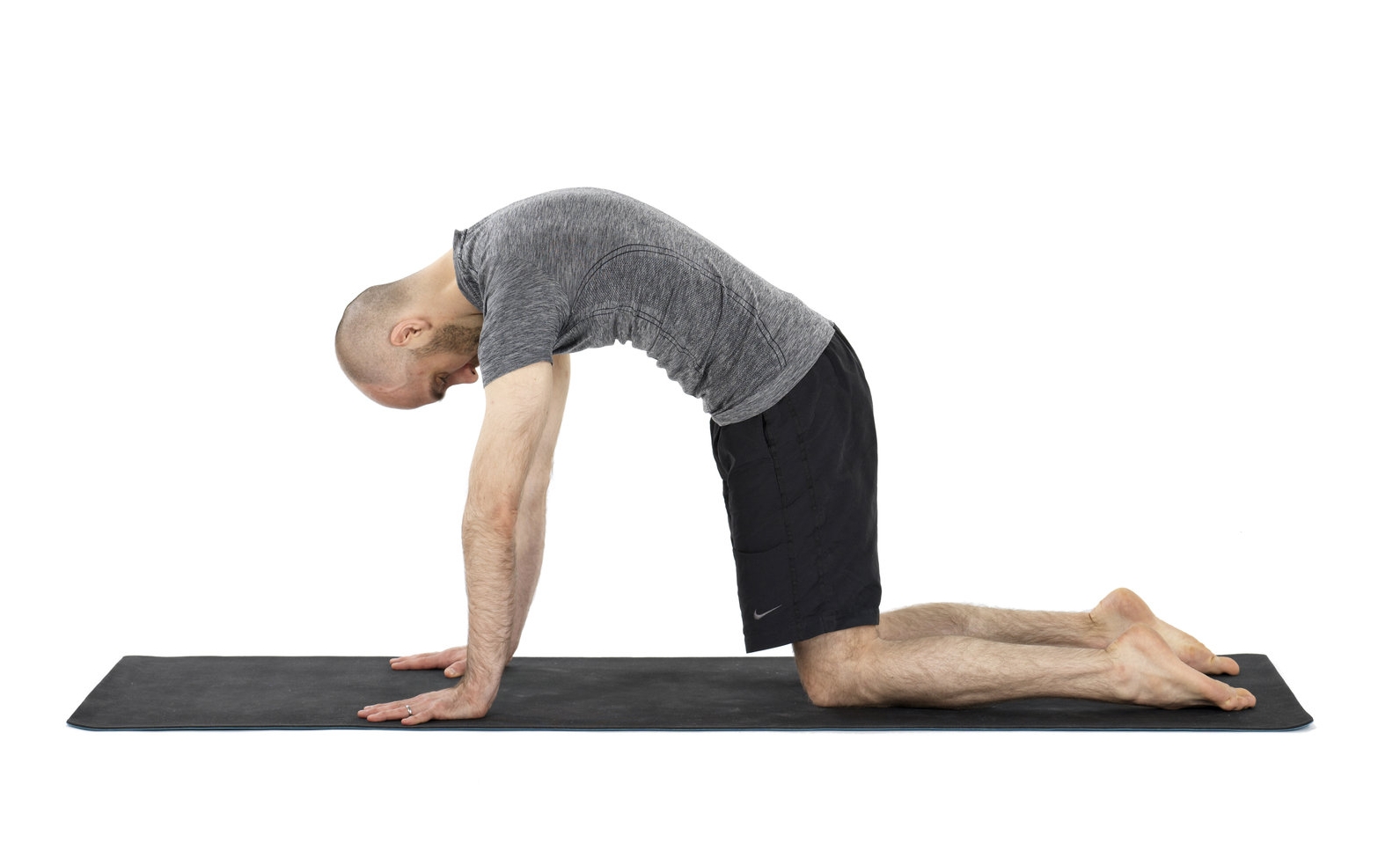We stretch for the feet in folds, strain to 'take the bind' with our hands and crane our necks around to get a deeper twist...
Some of us even try hooking our legs behind our neck...or try tapping our feet and head together in back bends.
I’ve done all of these things...and more besides.
And my experience of practice tells me that when we become overly fixated on these arbitrary goals it often comes at the expense of the quality and form of our movement…we start to quite literally pull ourselves out of alignment (physically and perhaps also mentally and energetically).
Because when we pull and push to contort ourselves into postures with force, it is rarely done with much thought to the mechanics of the body or based on an intuitive sense of how the body is feeling and what would serve it best.
Instead, we tend to lose our connection to practice as a bodily enquiry and allow the goal-oriented mind to assume the driver’s seat (and being honest…for most of us it already spends a little too long sat there).
And when that tendency to push and strive becomes so strong that we override the body’s feedback mechanisms, then we also create a greater risk of injuring ourselves (I’ve done this too…).
This is why I’m of the opinion that abstract bodily landmarks are false friends in our yoga practice - yes, the feet can be a convenient point of reference to move towards in a forward fold, but if stretching for the feet or holding onto them for dear life doesn’t serve the body then it becomes not only unhelpful but potentially a problem.
It’s for this reason that I prefer to take these landmarks out of the equation as much as possible - for example taking a seated fold with the hands joined at the chest, so there simply isn't an option to hold the feet - or taking 'hands free' twists so that the rotation has to be created internally rather than through the leverage of the arms.
This approach will teach us to start owning and controlling our bodies through the ranges of movement we have, rather than constantly encouraging the pursuit of more flexibility (there comes a point when enough is enough…) - to build the capacity for moving with a greater sense of stability, autonomy and control.
It also encourages students to embrace exploration and inquiry over ‘achievement’ - to sense into their own felt experience of the practice rather than worry about attaining the ‘peak expression’ of a given pose.
This is partly why I’m not such a big fan of adjustments and why I also tend to avoid encouraging use of binds or other methods that allow students to hold a position ‘artificially’ (i.e. without internal control of their body). Instead I try to help students develop the ability to move in ways that really serve their body best (which means less extreme range, more strength and stability through the ranges that are already there).
Admittedly for most of us this approach requires a little un-learning and re-learning - particularly when we’re used to approaching our yoga practice in the way that is often encouraged, with such a premium placed on extreme flexibility.
But I’m finding that most students are pretty responsive to it and I believe that over time they'll come to feel their bodies are thankful for it too. And if it sounds like an approach you'd like to explore for yourself then please do join my weekly all levels classes in Waterloo where we'll dive into this experientially in our practice.



